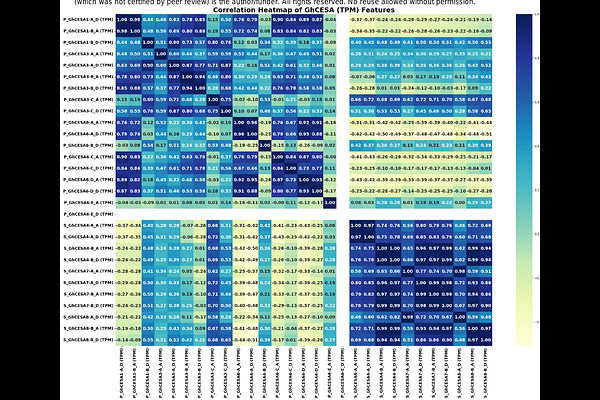Sewing the future of cotton: a multi-omics study combining nanomechanics, transcriptomics, and phenotypic traits

Sewing the future of cotton: a multi-omics study combining nanomechanics, transcriptomics, and phenotypic traits
Hasib, M. H. H.; Masud, N.; Biswas, A.; Jubery, T. Z.; Stanley, C.; Swaminathan, S.; Grover, C. E.; Wendel, J. F.; Sarkar, S.; Zabotina, O. A.; Sarkar, A.
AbstractCellulose microfibrils that are essential for mechanical strength and overall quality of cotton fibers. This study quantifies and compares the nanoscale structural and mechanical properties of cellulose microfibrils such as microfibril dimensions, crossover count and angles, roughness, and Youngs modulus for two popular cotton species: Gossypium hirsutum (Gh) and Gossypium barbadense (Gb) fibers across four growth stages (8, 12, 18, and 22 days post-anthesis) using atomic force microscopy (AFM). Our results revealed for the first time that Gb fibers exhibit a better alignment, finer dimensions, and higher stiffness compared to Gh fibers at nanoscale, resulting in smoother fiber surfaces, and improved quality at macroscale. We are also the first to develop machine-learning models to predict macroscale phenotypic traits specifically boll length and cellulose content using nanoscale features alone and in combination with multi-omics modalities, substantially enhancing the predictive accuracy and highlighting opportunities for robust cross-species modeling of cotton fiber traits.